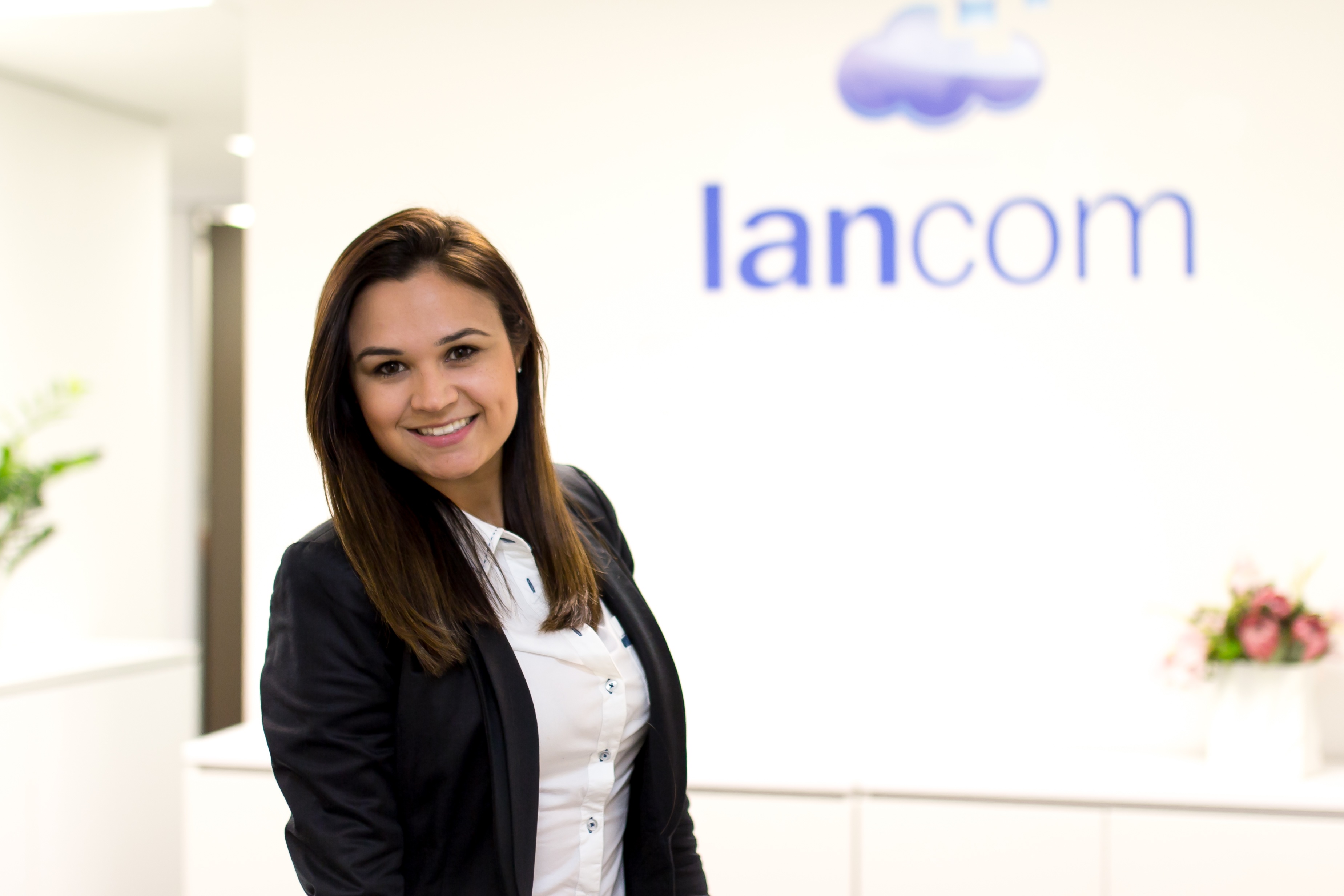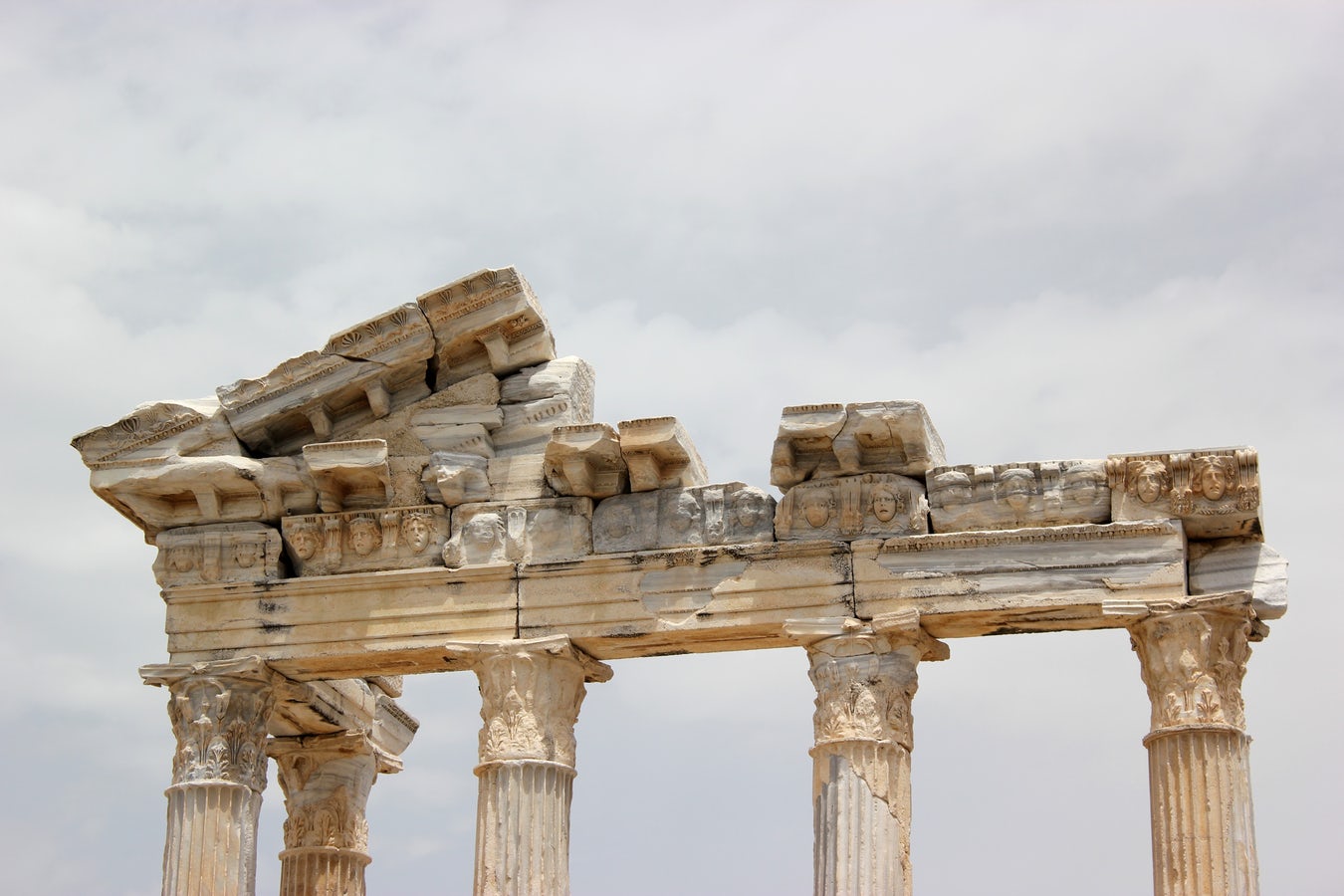![]()
![]()
![]() Along with the concepts of artificial intelligence (AI) and machine learning (ML), deep learning (DL) has zoomed into business discourse as a promising technique to advance the capabilities of software and drive further automation and convenience. But what are the similarities and diff
Along with the concepts of artificial intelligence (AI) and machine learning (ML), deep learning (DL) has zoomed into business discourse as a promising technique to advance the capabilities of software and drive further automation and convenience. But what are the similarities and diff erences between these closely related constructs?
erences between these closely related constructs?
In short, ML and DL are subsets of AI. Where ML might be considered the ‘leading edge’ of AI, DL can be considered the ‘leading, leading edge’ of ML. As an emerging technique, DL has potential and actual uses in autonomous, self-teaching systems - systems which show great promise and could revolutionise many industries.
ML takes the notion of AI and focuses it on solving real-world problems with computing resources which are structured to mimic the way the human mind works. A key component of that is pattern recognition and contextualisation of information. In turn, DL further narrows the broad concept of AI, and the more specific one of ML, to ‘concentrate’ on solving specific problems which require ‘thought’ – that is, the application of processes to examine alternatives and inputs, and make decisions based on those inputs.
So, what are the practical, actual uses of Deep Learning today?

It is to Google that we turn, as DL is used by everyone’s favourite search company to power its voice and image recognition capabilities. It is also used by the likes of consumer companies Netflix and Amazon, making suggestions for your next TV show or highlighting items for purchase which may be of interest to you.
We’ve mentioned that ML and DL work by mimicking the human mind – the way it works is for a computer programme to take in data, analyse it and the make decisions based on that information. The data is fed through neural networks, which are logical constructions (such as decision trees) which ask a series of if/then and yes/no questions, classifying the results. All that happens in the blink of an eye and the computer can learn from the many instances in which it executes these processes.
DL is specifically focused on developing these networks to become Deep Neural Networks – logic networks of stunning complexity which are capable of classifying enormous datasets such as Google’s image library, the entirety of Facebook’s content, Microsoft’s Azure data, or all of Twitter’s tweets.
When information of that magnitude is available, a computer can start automatically doing any number of things. Experimentally, for example, Microsoft has an online system which automatically writes captions for images. To do that, comprehensive datasets are required, as well as logical networks capable of classifying them, to take an image and state with a high probability of accuracy what it represents to humans.
Such a service may seem trivial, but it represents a triumph in capability: pictures contain many artefacts which can be interpreted in many ways. For a computer to accurately identify and contextualise them is remarkable and opens the possibilities of other applications of DL. It can be applied to any form of data – machine signals, audio, video, speech, written words – to draw the same sort of conclusions that a person might.






